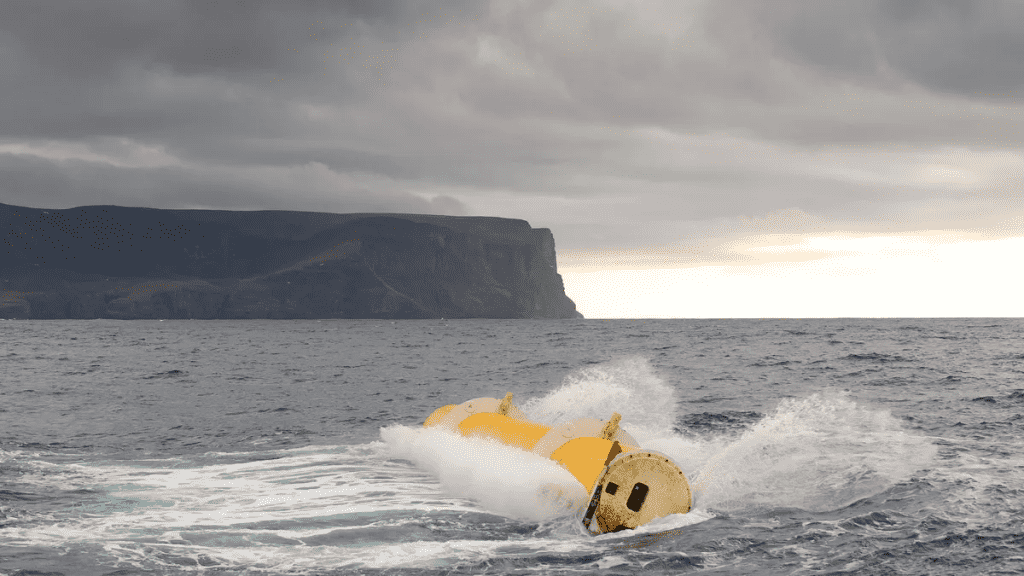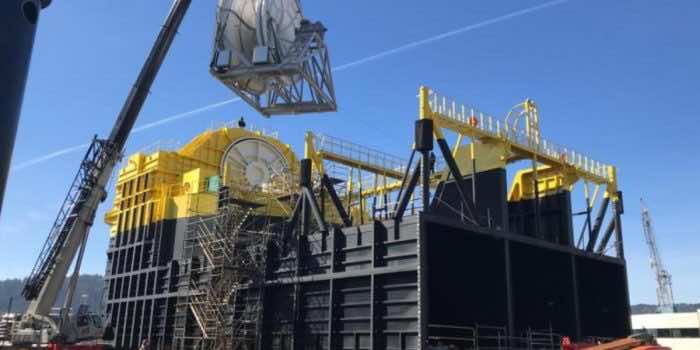An Irish company, OceanEnergy, has set out on the most ambitious and critical project and stepped up to develop an Oregon wave energy generator, OE35, at Orkney, in Scotland. The project has been constructed on a larger scale and will be hailed as the world’s largest capacity floating wave energy device. Not to mention, it will take four years to test, validate and make its operations available to the companies. In other words, after completing its testing phase, the company will ramp up its operations in the commercial sector as well. It should be noted that the company has sent the water column generators of this newly built project for testing in Hawaii at a US Navy site. Watch the video given below to take a quick glimpse at the whole endeavor:
Coupled with this, we can get an idea about the dimensions of this upcoming project from the fact that the machine which the testing site deploys to conduct its inspections extends about “125 x 59 ft (38.1 x 18 m), with a draft of 31 ft (9.4 m) and a total weight of 826 tons”. Furthermore, during initial testing, the authorities made the device run at a capacity of 500 kW, but in reality, it is capable of generating energy at a speed of 1.25 MW. Not to mention, the machine works on a simple mechanism of generating wave energy. The whole phenomenon revolves around the coming in and out of the waves from the three large airtight chambers.

In addition to this, OceanEnergy takes into consideration the working principle of the “Wells Turbine” that came into being in the 1970s in Belfast and generates energy through bidirectional air pressure. It should be noted that this large-scale project will be achieved in three phases over a period of four years and has a value of €19.6-million (US$19.3-million). Furthermore, around 14 different partners have collaborated with OceanEnergy in order to bring the project to a larger scale, and considering the intensity of the project, the EU Horizon Europe Programme and Innovate the UK have also funded the project.

Similarly, Myles Heward, who is a Project Manager at the European Marine Energy Centre, said, “The innovative actions taken in this program aim to improve the efficiency, reliability, scalability, and sustainability of wave energy technology, and reduce the levelized cost of electricity of the technology by over 30%. This will help to de-risk investments in wave energy.” On the other hand, Rémi Gruet, who is CEO of the trade association Ocean Energy Europe, said:
“Wave energy is at a full-scale stage now, and projects like WEDUSEA are paving the way for pilot farms and sector-wide industrialization. As an EU-UK collaboration project, it will demonstrate the potential for wave energy to make a significant contribution to the EU Green Deal target. Wave energy will help smooth production peaks or dips from variable wind and ensure European energy independence.”


